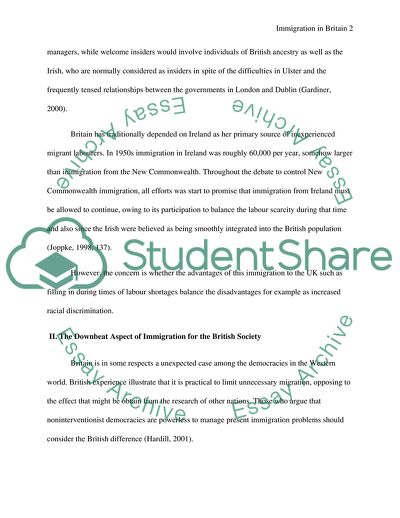Cite this document
(Have the Benefits that Immigrants Have Brought to British Society Article, n.d.)
Have the Benefits that Immigrants Have Brought to British Society Article. https://studentshare.org/social-science/1720449-have-the-benefits-that-immigrants-have-brought-to-british-society-outweighed-the-problems-they-have-caused
Have the Benefits that Immigrants Have Brought to British Society Article. https://studentshare.org/social-science/1720449-have-the-benefits-that-immigrants-have-brought-to-british-society-outweighed-the-problems-they-have-caused
(Have the Benefits That Immigrants Have Brought to British Society Article)
Have the Benefits That Immigrants Have Brought to British Society Article. https://studentshare.org/social-science/1720449-have-the-benefits-that-immigrants-have-brought-to-british-society-outweighed-the-problems-they-have-caused.
Have the Benefits That Immigrants Have Brought to British Society Article. https://studentshare.org/social-science/1720449-have-the-benefits-that-immigrants-have-brought-to-british-society-outweighed-the-problems-they-have-caused.
“Have the Benefits That Immigrants Have Brought to British Society Article”. https://studentshare.org/social-science/1720449-have-the-benefits-that-immigrants-have-brought-to-british-society-outweighed-the-problems-they-have-caused.


